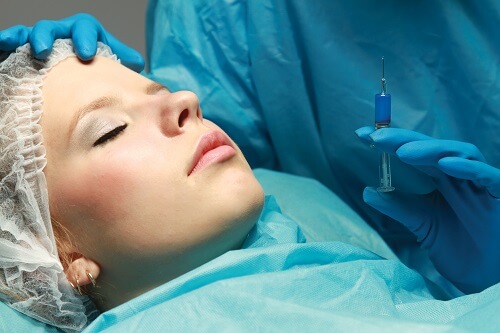
Plastic surgery is a medical specialty concerned with the correction or restoration of form and function. Though cosmetic or aesthetic surgery is the best-known kind of plastic surgery, most plastic surgery is not cosmetic: plastic surgery includes many types of reconstructive surgery, hand surgery, microsurgery, and the treatment of burns.
Plastic surgery is a broad field, and may be subdivided further.
Aesthetic surgery is an essential component of plastic surgery. Plastic surgeons use cosmetic surgical principles in all reconstructive surgical procedures as well as isolated operations to improve overall appearance.

the most prevalent aesthetic/cosmetic procedures include:
Blepharoplasty (“eyelid surgery”): reshaping of the eyelids or the application of permanent eyeliner, including Asian blepharoplasty
Phalloplasty (“penile liposuction”) : construction (or reconstruction) of a penis or, sometimes, artificial modification of the penis by surgery, often for cosmetic purposes
Burn surgery generally takes place in two phases. Acute burn surgery is the treatment immediately after a burn. Reconstructive burn surgery takes place after the burn wounds have healed.
Microsurgery is generally concerned with the reconstruction of missing tissues by transferring a piece of tissue to the reconstruction site and reconnecting blood vessels. Popular subspecialty areas are head and neck reconstruction, hand surgery/replantation, and brachial plexus surgery.
Craniofacial surgery is divided into pediatric and adult craniofacial surgery. Pediatric craniofacial surgery mostly revolves around the treatment of congenital anomalies of the craniofacial skeleton and soft tissues, such as cleft lip and palate, craniosynostosis, and pediatric fractures. Adult craniofacial surgery deals mostly with fractures and secondary surgeries (such as orbital reconstruction) along with orthognathic surgery. Craniofacial surgery is an important part of all plastic surgery training programs, further training and subspecialisation is obtained via a craniofacial fellowship.
Oral and maxillofacial surgery is surgery to treat many diseases, injuries and defects in the head, neck, face, jaws and the hard and soft tissues of the oral (mouth) and maxillofacial (jaws and face) region.
Hand surgery is concerned with acute injuries and chronic diseases of the hand and wrist, correction of congenital malformations of the upper extremities, and peripheral nerve problems (such as brachial plexus injuries or carpal tunnel syndrome). Hand surgery is an important part of training in plastic surgery, as well as microsurgery, which is necessary to replant an amputated extremity. The Hand surgery field is also practiced by orthopedic surgeons and general surgeons (see Hand surgeon). Scar tissue formation after surgery can be problematic on the delicate hand, causing loss of dexterity and digit function if severe enough.
Children often face medical issues very different from the experiences of an adult patient. Many birth defects or syndromes present at birth are best treated in childhood, and pediatric plastic surgeons specialize in treating these conditions in children. Conditions commonly treated by pediatric plastic surgeons include craniofacial anomalies, cleft lip and palate and congenital hand deformities.